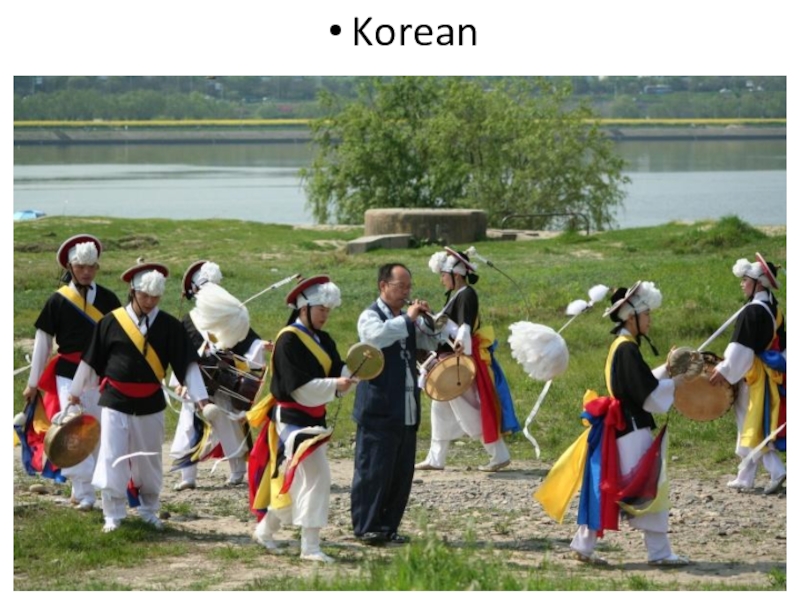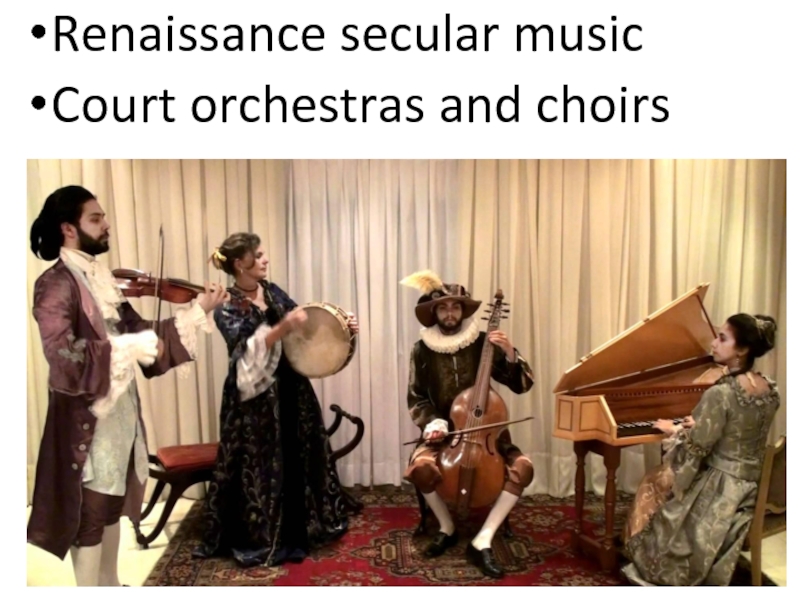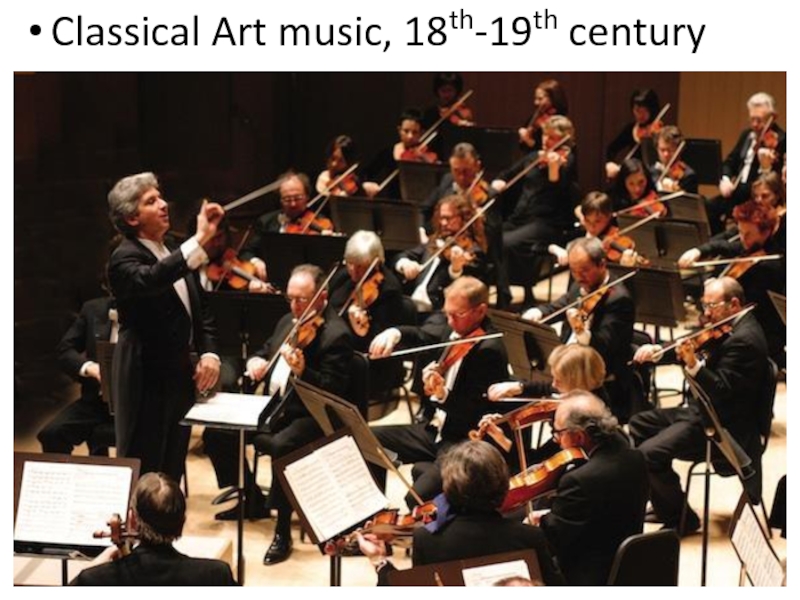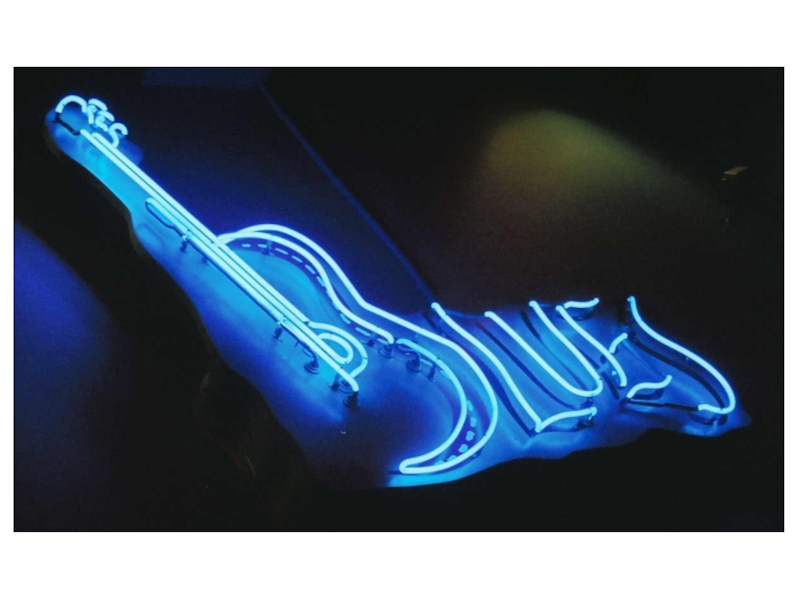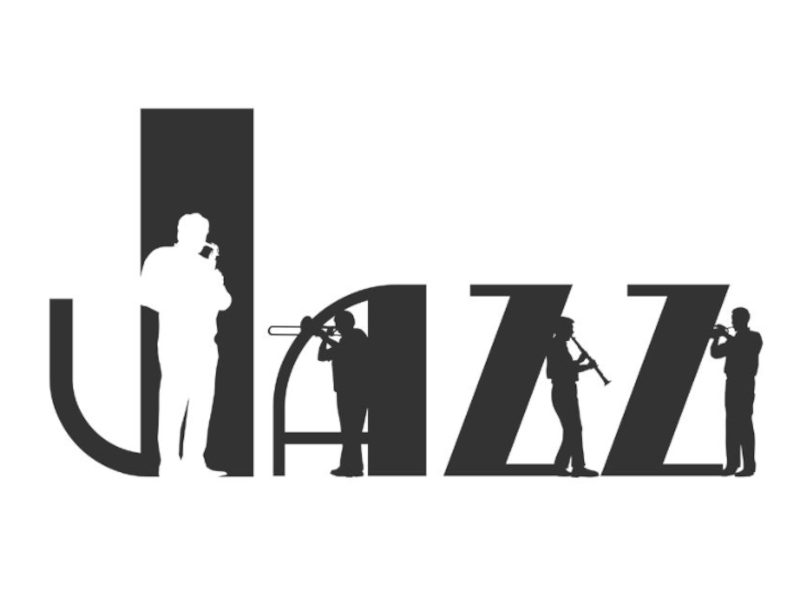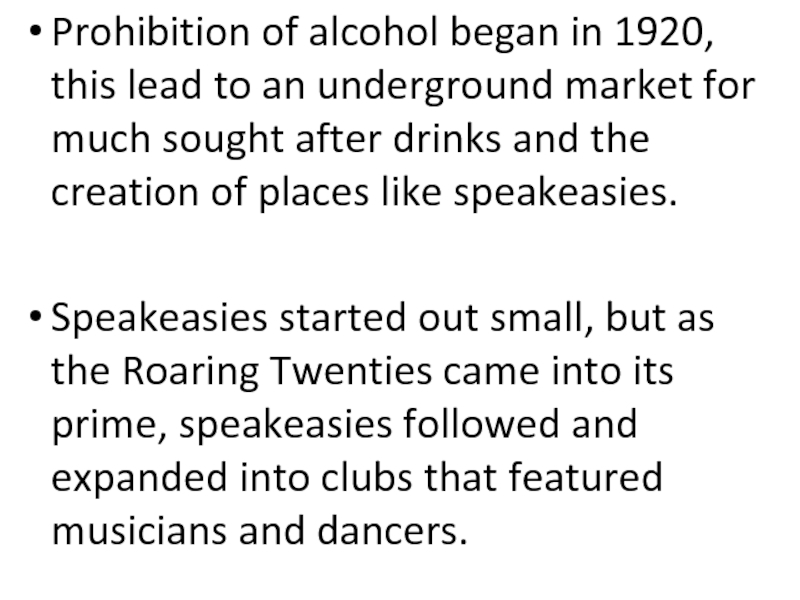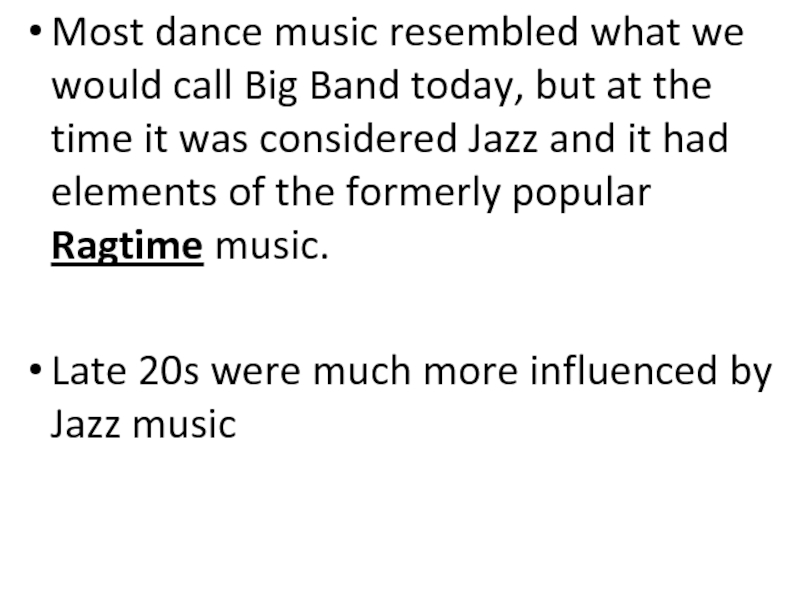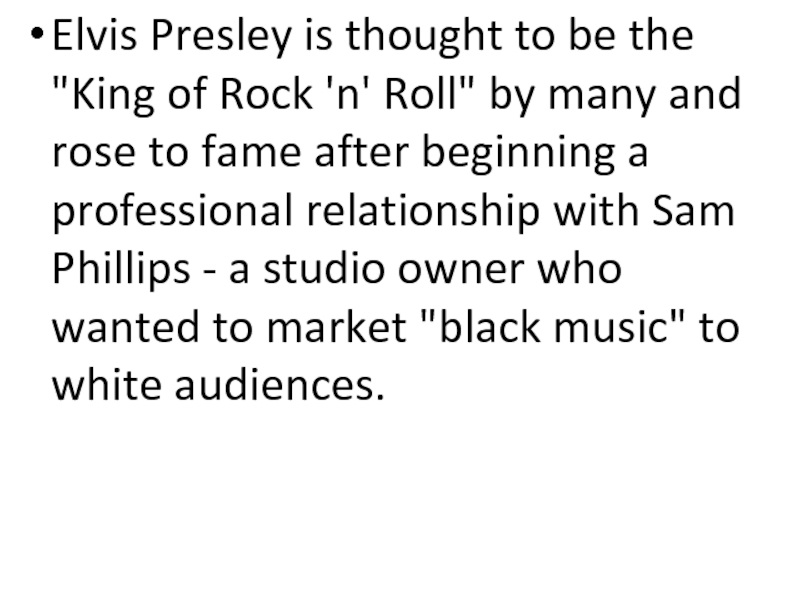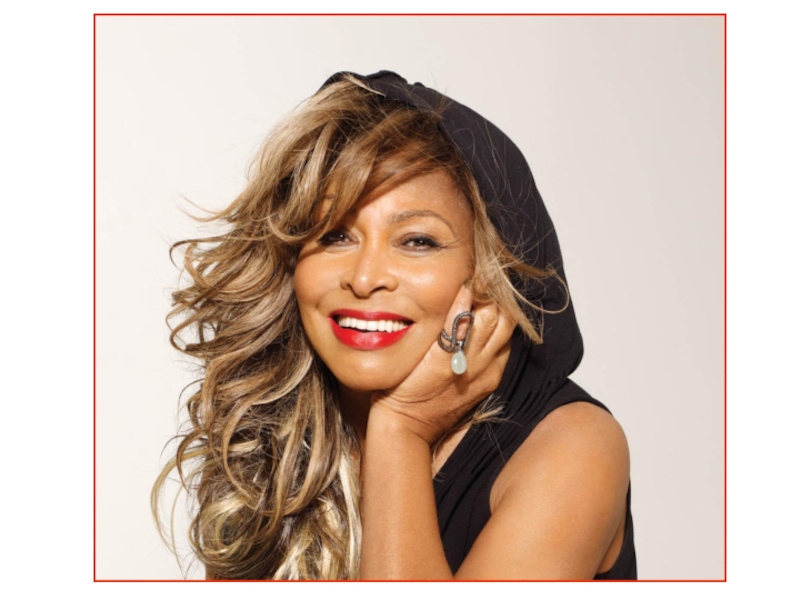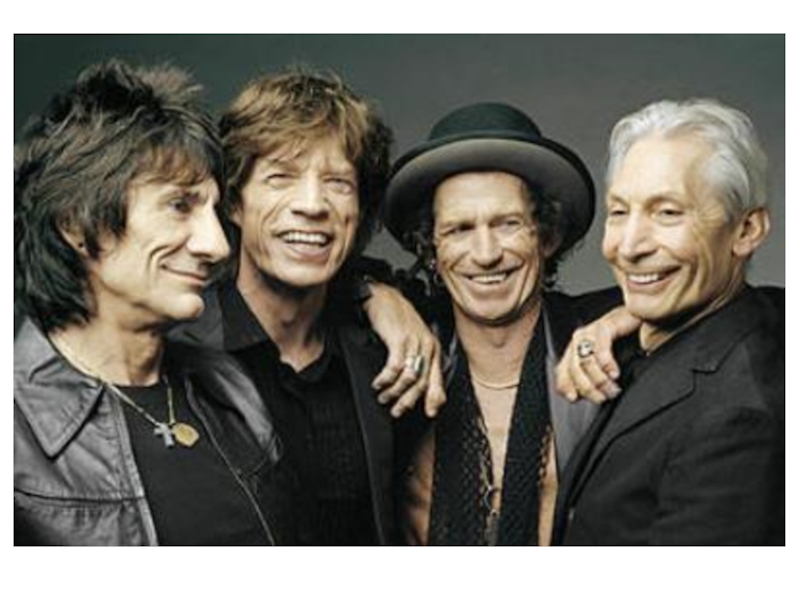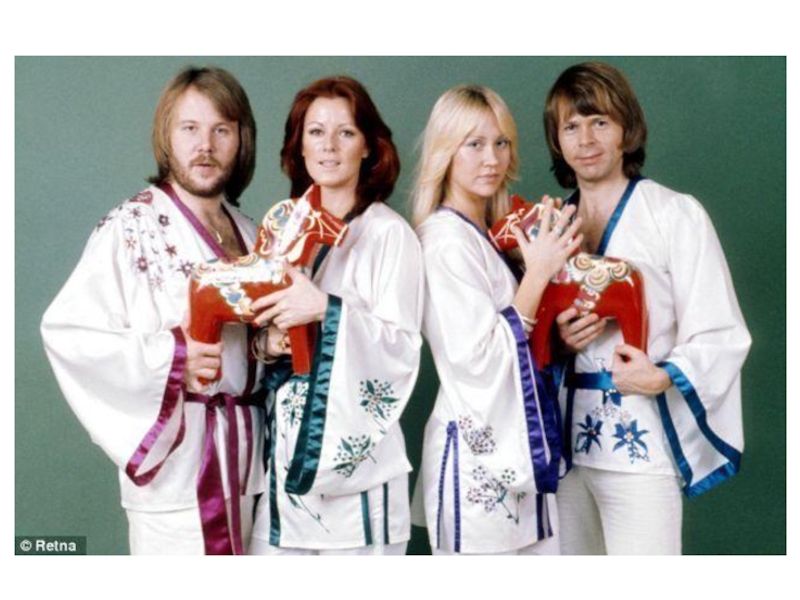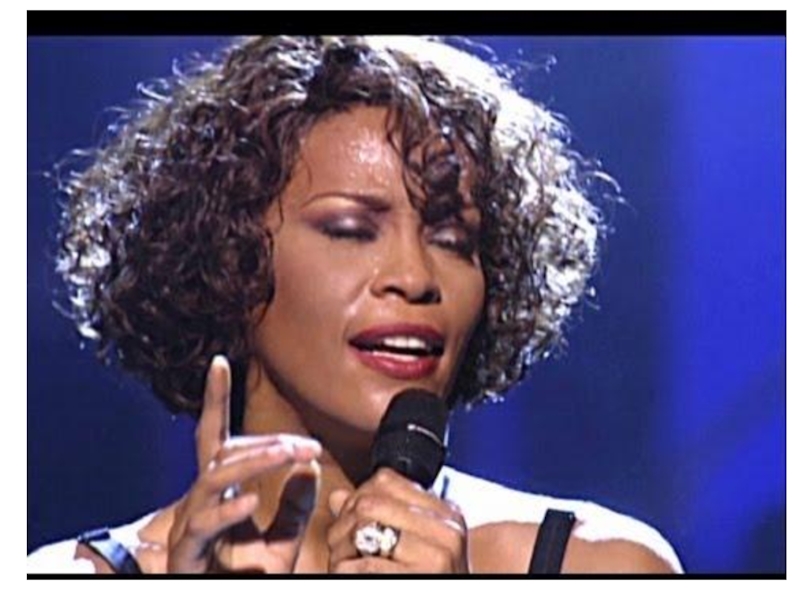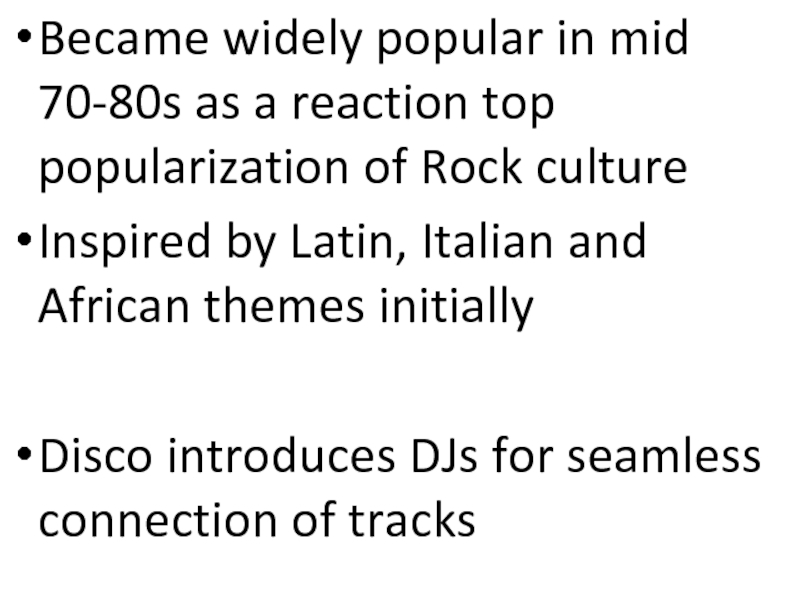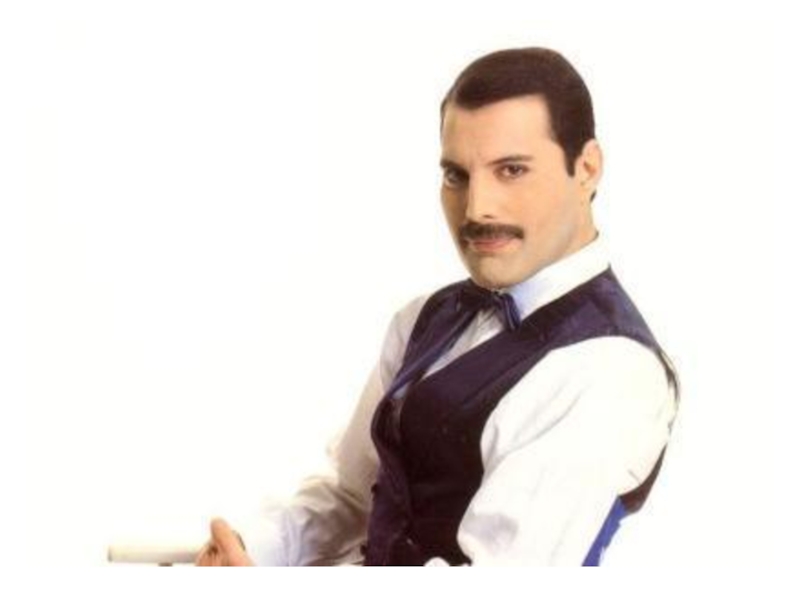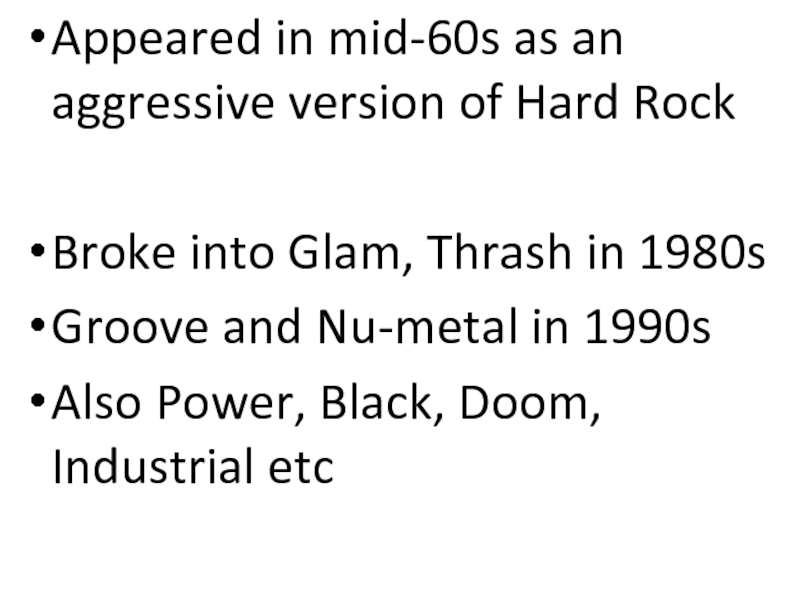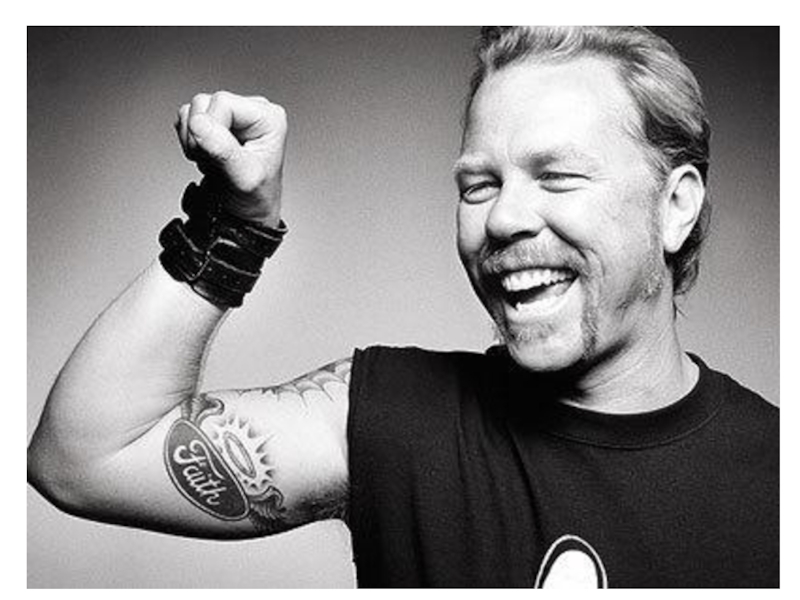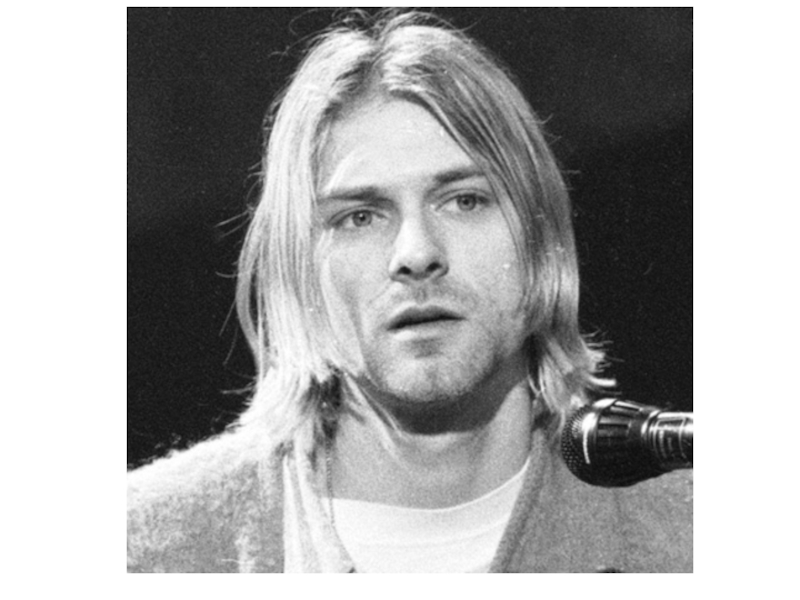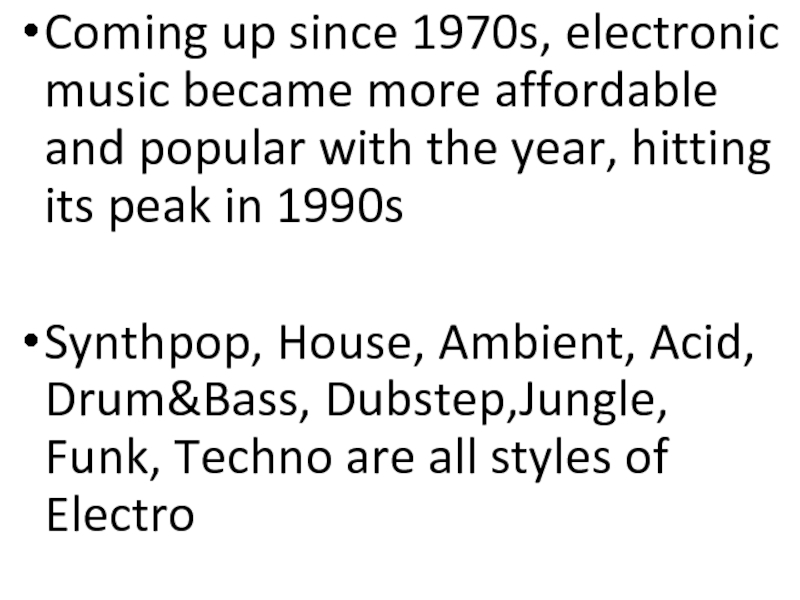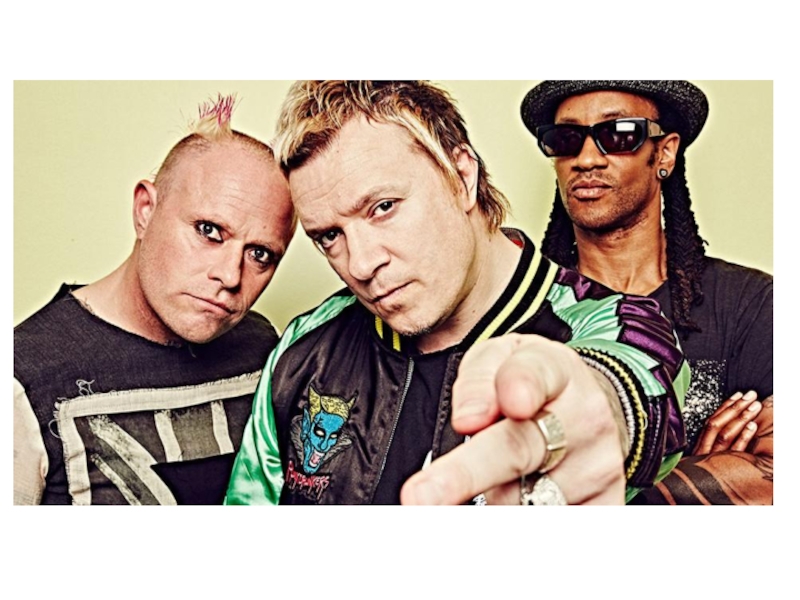Разделы презентаций
- Разное
- Английский язык
- Астрономия
- Алгебра
- Биология
- География
- Геометрия
- Детские презентации
- Информатика
- История
- Литература
- Математика
- Медицина
- Менеджмент
- Музыка
- МХК
- Немецкий язык
- ОБЖ
- Обществознание
- Окружающий мир
- Педагогика
- Русский язык
- Технология
- Физика
- Философия
- Химия
- Шаблоны, картинки для презентаций
- Экология
- Экономика
- Юриспруденция
2016, Nov 25 Music
Содержание
- 1. 2016, Nov 25 Music
- 2. Who is your favorite singer or group?Which
- 3. Who is the most famous musician from
- 4. What are your favorite music TV shows
- 5. Do you mind singing in front of
- 6. What musicians did you like when you
- 7. Why do you think music is important
- 8. Do you think the use of drugs
- 9. What’s more important in a song – lyrics, style or melody?
- 10. When was the last time you went
- 11. Traditional Music
- 12. When and why has traditional music appeared?What
- 13. Слайд 13
- 14. Indian
- 15. Celtic
- 16. Armenian
- 17. Korean
- 18. Religious music
- 19. Medieval secular musicTroubadours
- 20. Renaissance secular musicCourt orchestras and choirs
- 21. Classical Art music, 18th-19th century
- 22. Слайд 22
- 23. Started up in 19th century in Southern
- 24. Слайд 24
- 25. Originated from African American communities of New
- 26. Слайд 26
- 27. Appeared in Southern United States in the
- 28. Слайд 28
- 29. R&B originated in the 1940s Record companies
- 30. Слайд 30
- 31. Soul originated in the United States in
- 32. Слайд 32
- 33. 1920s Dancing Bands French Charleston Orchestra
- 34. Prohibition of alcohol began in 1920, this
- 35. Speakeasies weren't the only places that offered
- 36. Nearly every town in the country had
- 37. Most dance music resembled what we would
- 38. Слайд 38
- 39. Ma Rainey - See See Rider (Cover 1957)
- 40. Ma Rainey was one of the first
- 41. Слайд 41
- 42. Bessie Smith, was considered the "Empress of
- 43. Слайд 43
- 44. Louis Armstrong - Aint Misbehavin (re-edit 1947)
- 45. Armstrong was a popular African American jazz
- 46. Bix Beiderbecke – Riverboat Shuffle (cover 1956)
- 47. A third influential jazz musician of the
- 48. Слайд 48
- 49. Art Gillham–Tonight You Belong To Me
- 50. Слайд 50
- 51. Слайд 51
- 52. Слайд 52
- 53. The Carter Family - Wildwood Flower
- 54. The Carter Family was a traditional American
- 55. 1940s
- 56. Frank Sinatra – Five Minutes More
- 57. Billie Holliday - God Bless the Child
- 58. Слайд 58
- 59. Слайд 59
- 60. R&R is a style that originated and
- 61. Elvis Presley - Pretty woman
- 62. Elvis Presley is thought to be the
- 63. Elvis was more successful in this endeavor
- 64. While Elvis is largely responsible for the
- 65. Слайд 65
- 66. Слайд 66
- 67. Latin Music first appeared on US market
- 68. Слайд 68
- 69. Слайд 69
- 70. Слайд 70
- 71. Originated in UK in 1950s to describe
- 72. Слайд 72
- 73. Слайд 73
- 74. Слайд 74
- 75. Слайд 75
- 76. Слайд 76
- 77. Слайд 77
- 78. Слайд 78
- 79. Слайд 79
- 80. Слайд 80
- 81. Слайд 81
- 82. Слайд 82
- 83. Слайд 83
- 84. Слайд 84
- 85. Слайд 85
- 86. Слайд 86
- 87. Слайд 87
- 88. Слайд 88
- 89. Became widely popular in mid 70-80s as
- 90. Слайд 90
- 91. Слайд 91
- 92. Слайд 92
- 93. Era of Disco psychologically ended on:
- 94. Слайд 94
- 95. Funk originated in mid 60’s among African
- 96. Слайд 96
- 97. Taking its origin in R&R culture, Rock
- 98. Слайд 98
- 99. Слайд 99
- 100. Слайд 100
- 101. Слайд 101
- 102. Слайд 102
- 103. Слайд 103
- 104. Слайд 104
- 105. Слайд 105
- 106. Also called Country RockIncorporates a lot of original, national motives and music into rock-style performance
- 107. Слайд 107
- 108. Слайд 108
- 109. Formed during mid-60s crisis from Art Rock,
- 110. Слайд 110
- 111. Appeared in 1970 as a reaction to
- 112. Слайд 112
- 113. Слайд 113
- 114. Appeared in mid-60s as an aggressive version
- 115. Слайд 115
- 116. Слайд 116
- 117. Слайд 117
- 118. Слайд 118
- 119. Слайд 119
- 120. Слайд 120
- 121. Слайд 121
- 122. Coming up since 1970s, electronic music became
- 123. Слайд 123
- 124. Слайд 124
- 125. formed in the United States in the
- 126. Слайд 126
- 127. Слайд 127
- 128. Слайд 128
- 129. Скачать презентанцию
Who is your favorite singer or group?Which do you prefer, songs in English or songs in your own language?Where do you listen to them?
Слайды и текст этой презентации
Слайд 2Who is your favorite singer or group?
Which do you prefer,
songs in English or songs in your own language?
you listen to them?Слайд 3Who is the most famous musician from your country?
What are
some special or traditional musical instruments in your country?
Слайд 4What are your favorite music TV shows or podcasts, if
any?
What was the last CD you bought?
What was the
last concert you went to?Слайд 5Do you mind singing in front of people? What are
your favorite things to sing? Why?
Do you play any instruments
or would like to learn to play?Слайд 6What musicians did you like when you were in junior
high school? How about high school?
How have your musical
tastes changed?Слайд 7Why do you think music is important and how does
it affect different people?
Do you think music can heal sick
people?Do you think that music can help make world peace? How?
Слайд 8Do you think the use of drugs by some musicians
increases their artistic creativity?
If you could invent a new
instrument, what would it sound like? Слайд 12When and why has traditional music appeared?
What were first songs
and instruments?
How were first songs kept for future generations?
Слайд 23Started up in 19th century in Southern USA
Was influenced
by religious African music traditions – spirituals.
Слайд 25Originated from African American communities of New Orleans in the
United States during the late 19th century.
Improvisation is a huge
part of Jazz composition because it is based on work hollers with their quick call-and-response styleСлайд 27Appeared in Southern United States in the 1920s
Music has 6
generations (now being 6th)
Country rock, Truck driving country, Neocountry, Cowpunk
are all styles of country musicCountry is mainly played in USA, Canada, Australia and UK
Слайд 29R&B originated in the 1940s
Record companies used the term
to describe recordings marketed mostly to urban African Americans
In
1950s this style has greatly contributed to the development of rock and rollСлайд 31Soul originated in the United States in the late 1950s
and early 1960s among black communities
It is described as transmutation
of gospel and R&BСлайд 34Prohibition of alcohol began in 1920, this lead to an
underground market for much sought after drinks and the creation
of places like speakeasies.Speakeasies started out small, but as the Roaring Twenties came into its prime, speakeasies followed and expanded into clubs that featured musicians and dancers.
Слайд 35Speakeasies weren't the only places that offered a party during
the Jazz Age, there were private clubs, dance clubs, jazz
clubs, and roadhouses. All were places where people could gather, listen to new music, and try out the latest dance crazes together.Dancing was a large part of popular culture and music during this decade and there were a number of iconic dances to emerge from these scenes. Dancing represented the carefree and excessive leisurely lifestyles that many had and tried to emulate during one of the first huge boom periods of American History.
Слайд 36Nearly every town in the country had some form of
dance band and a place to gather, making dance music
some of the most widely heard and accepted music to come out of the 1920s. Dance music laid the foundation for what would become classic pop standards.Слайд 37Most dance music resembled what we would call Big Band
today, but at the time it was considered Jazz and
it had elements of the formerly popular Ragtime music.Late 20s were much more influenced by Jazz music
Слайд 40Ma Rainey was one of the first professional blues recording
artists and was known for having a powerful voice.
Many
of her songs openly referenced lesbianism.Слайд 42Bessie Smith, was considered the "Empress of Blues" in the
1920s.
She was one of the highest paid African American
performers of the decade Слайд 45Armstrong was a popular African American jazz musician who played
the trumpet and cornet and was known for his distinct
and gravelly singing voice.Armstrong's talent helped him break down some of the racial barriers of the time as he played in several mixed race bands and was invited to play in white only clubs
Слайд 47A third influential jazz musician of the decade was a
white cornetist and pianist named Bix Beiderbecke.
Beiderbecke's style contrasted with
Armstrong and he is thought to have had an equal influence on the early jazz scene like Armstrong.Слайд 54The Carter Family was a traditional American folk music group
that recorded between 1927 and 1956.
There were three generations of
Carters, and their generations are often used to define the changes of the Country style Слайд 60R&R is a style that originated and evolved in the
United States during the late 1940s and early 1950s
“Rocking and
rolling" originally described the movement of a ship on the oceanR&R has the blues backbeat and its dancing style is hugely influenced by Twist
Слайд 62Elvis Presley is thought to be the "King of Rock
'n' Roll" by many and rose to fame after beginning
a professional relationship with Sam Phillips - a studio owner who wanted to market "black music" to white audiences.Слайд 63Elvis was more successful in this endeavor than any other
artist of the time and he epitomized the Rock 'n'
Roll style and teenage rebellion of the 1950's.Слайд 64While Elvis is largely responsible for the popularization of rock
music, it is important to remember the original African-American artists
who created the genre and were pushed out of the rock scene like Little Richard, Chuck Berry, The Coasters, Chubby Checker, Fats Domino and the many others who were not afforded the opportunity to even record their music.Слайд 67Latin Music first appeared on US market in early 40s,
representing the Spanish-speaking population of the States
It became popular only
in 1980sСлайд 71Originated in UK in 1950s to describe Rock and Roll
and youth music styles.
From about 1967, the term was increasingly
used in opposition to the term rock musicСлайд 89Became widely popular in mid 70-80s as a reaction top
popularization of Rock culture
Inspired by Latin, Italian and African themes
initially Disco introduces DJs for seamless connection of tracks
Слайд 95Funk originated in mid 60’s among African American musicians, tapping
with soul, jazz and R&B
Funk means something stinky, literally.
Слайд 97Taking its origin in R&R culture, Rock originated in early
60s, first of all, because of the “British invasion” of
new alternative groups on the song marketRock as a music style was greatly influenced by a long period of Garage Rock of 1960s
Слайд 106Also called Country Rock
Incorporates a lot of original, national motives
and music into rock-style performance
Слайд 109Formed during mid-60s crisis from Art Rock, ProgRock has introduced
a lot of new features to the scene, such as:
-Alternative
to popular music-Fantasy and sci-fi topics
-Orchestra and symphonic play
Слайд 111Appeared in 1970 as a reaction to rock scene being
over-flooded with mainstream.
Appreciates any violation of basic stage rules
Gave birth
to core, grindcore and alternative rock movementsСлайд 114Appeared in mid-60s as an aggressive version of Hard Rock
Broke
into Glam, Thrash in 1980s
Groove and Nu-metal in 1990s
Also Power,
Black, Doom, Industrial etcСлайд 122Coming up since 1970s, electronic music became more affordable and
popular with the year, hitting its peak in 1990s
Synthpop, House,
Ambient, Acid, Drum&Bass, Dubstep,Jungle, Funk, Techno are all styles of ElectroСлайд 125formed in the United States in the 1970s because of
the “block parties”, who invited over DJs to play popular
musicIncludes particular beat, rap-style vocals and specific dancing cultures such as break dancing
















